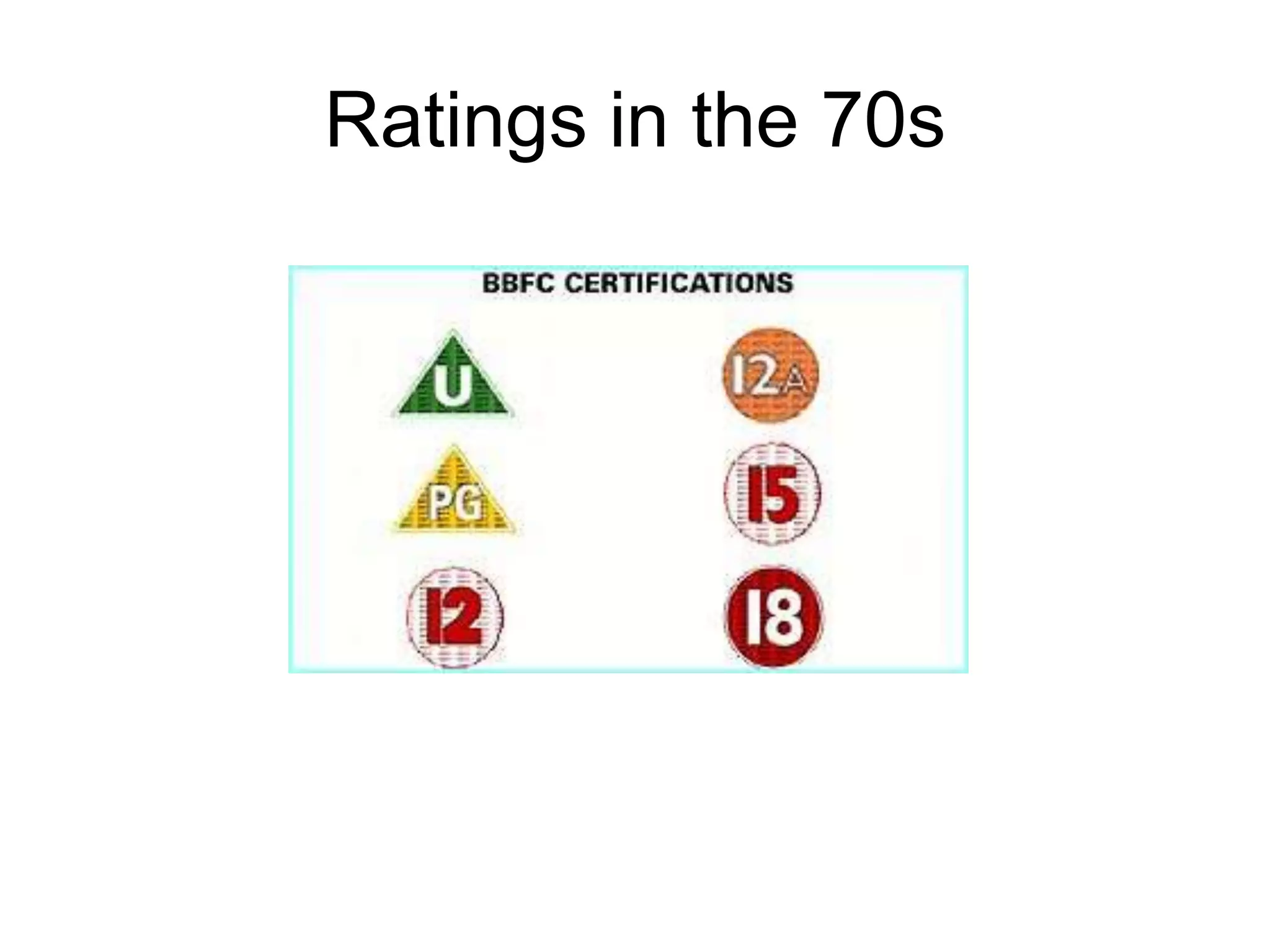History of Adult Film Regulation
The article outlines key events in adult film regulation, from early 1900s restrictions to recent policy shifts, detailing legal battles and societal shifts that altered industry practices.
The Historical Development of Regulations in Adult Film Industry
Review core milestones in managing erotic visuals for a clear view of past shifts, starting with the 1890s when early moral campaigns targeted public displays in Europe and North America. Key examples include the 1915 US court rulings that defined boundaries for visual content, shaping subsequent local policies and setting the stage for broader controls by the mid-20th century. Focus on these turning points to pinpoint how societal norms influenced early frameworks, offering practical insights for analyzing current practices.
Examine specific instances like the 1957 court case in the US that clarified free expression limits for mature productions, alongside 1970s European directives aimed at standardizing content handling. These events highlight direct outcomes, such as increased industry adaptations and enforcement measures that altered distribution methods. By assessing such details, one gains actionable knowledge to evaluate ongoing approaches in content management.
Early Obscenity Statutes in the United States
The Comstock Act of 1873 banned mailing of materials considered indecent, targeting books, images, and devices through federal enforcement. This law, driven by Anthony Comstock, led to thousands of arrests and shaped enforcement practices until amendments in 1956.
Key Enforcement and Precedents
Courts applied the Hicklin standard from 1868 British rulings to define indecency, focusing on content that might corrupt vulnerable groups. By 1897, over 3,000 convictions occurred under similar state laws in New York and Massachusetts, often involving printed matter. Legal challenges, such as those in 1915 federal cases, clarified exceptions for medical or artistic value, influencing later interpretations.
Major State-Level Measures
Pennsylvania enacted its first anti-indecency statute in 1860, criminalizing public distribution of explicit prints, while Ohio followed in 1868 with broader restrictions on sales. These measures resulted in over 500 documented seizures by 1900, demonstrating regional variations in application and penalties up to five years imprisonment.
Key Court Rulings Shaping Content Standards
Cite Miller v. California (1973) as the primary benchmark, outlining a three-part test for evaluating explicit material: it must align with local norms, portray acts offensively, and hold no significant artistic or intellectual merit. Apply this framework when assessing boundaries in media distribution.
Precedents from Roth v. United States
From 1957, this ruling classified explicit depictions as those solely appealing to base instincts without societal benefit, anam khan porn influencing subsequent interpretations. Reference it for cases involving printed or broadcast elements, ensuring alignment with established criteria.
Examine United States v. Playboy Entertainment Group (2000), which struck down restrictions on cable signals, prioritizing free expression over broad controls. Use this to guide policies on signal scrambling and viewer access in similar scenarios.
Influence of Ashcroft v. Free Speech Coalition

In 2002, the decision invalidated laws targeting simulated depictions, emphasizing protection for non-harmful representations. Leverage this when developing guidelines for digital portrayals, focusing on intent and realism to avoid overreach.
Contemporary Licensing and Distribution Controls
Secure permits through official channels early to avoid barriers in sharing explicit works.
Key Permit Acquisition Steps
- Identify regional bodies handling content approvals, such as those in the EU requiring specific forms for digital uploads.
- Submit documentation proving compliance with content standards, including examples from the US where platforms like OnlyFans mandate user verification.
- Pay required fees, ranging from $50 to $500 based on jurisdiction, to finalize the process within 2-4 weeks.
Adopt distribution strategies that incorporate monitoring tools for audience access.
- Integrate age-check software on websites, with systems like those from AgeChecked ensuring users are over 18 via ID scans.
- Partner with certified hosts that enforce geo-blocks, such as blocking access in regions with strict laws like China or India.
- Track usage logs to meet reporting obligations, helping avoid fines up to $10,000 per violation in certain areas.
Practical Distribution Tactics
- Use encrypted channels for uploads to protect against unauthorized spread, as seen in platforms adopting SSL protocols.
- Consult specialists for custom agreements that outline sharing limits, drawing from cases where creators use NDAs for partnerships.
- Review analytics tools to adjust strategies, noting platforms that limit views based on subscriber data.




